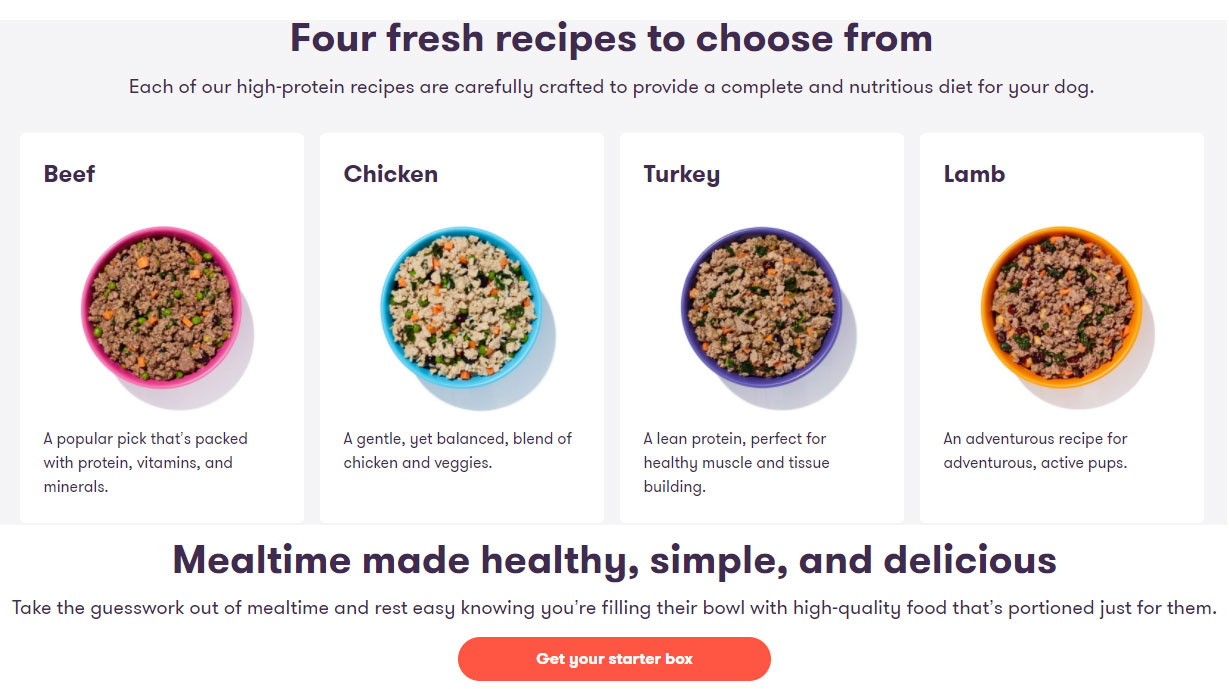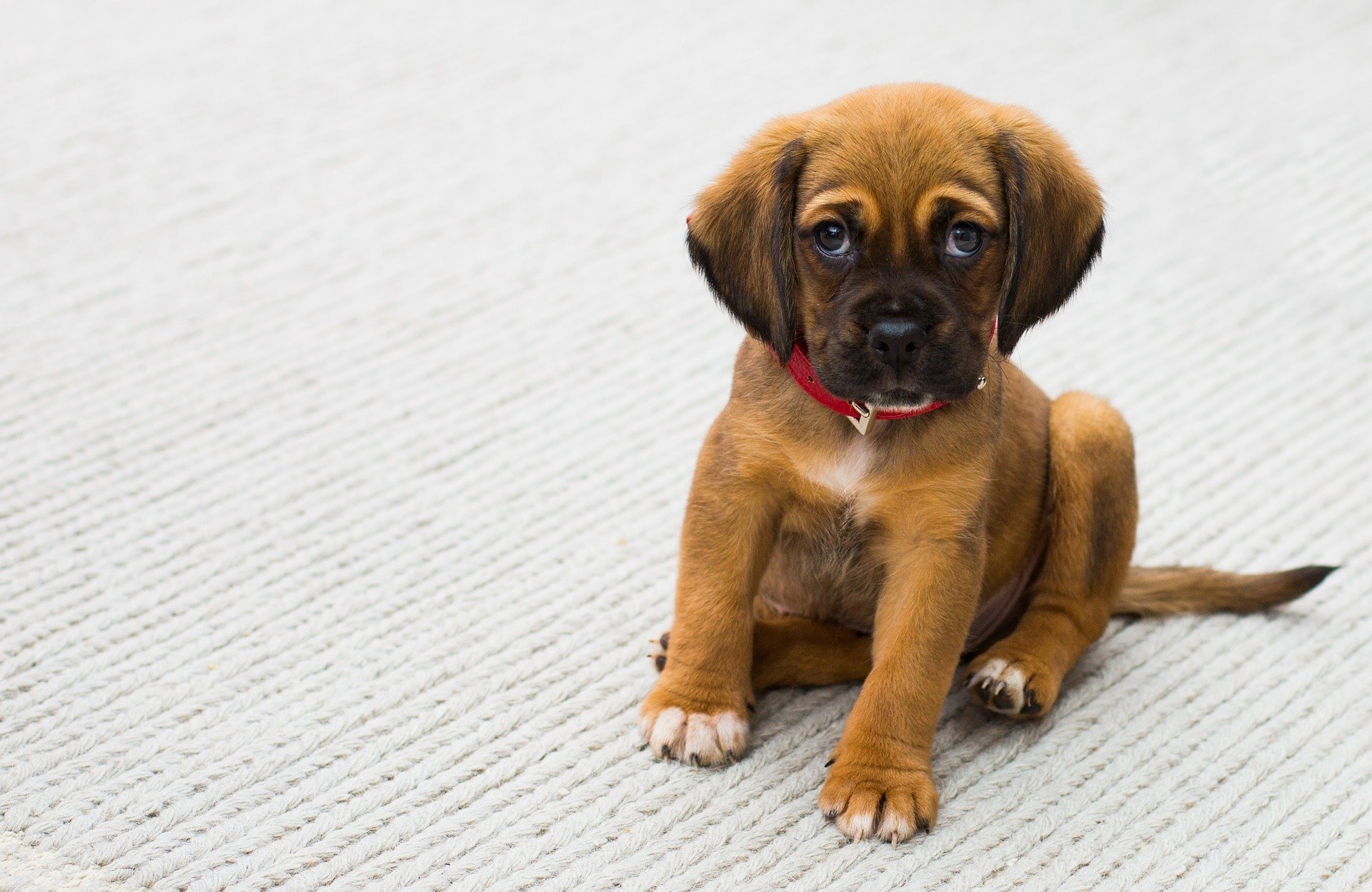Salmonellosis in dogs
Salmonellosis is a scary name for a disease that is particularly serious and painful to treat in humans.
Fortunately, it is very often benign in dogs, who are more likely to be healthy carriers of the disease or to have only moderate symptoms that occur chronically. To learn all about this disease that is transmitted from animals to humans, here is an article on Salmonellosis in dogs, its symptoms and impact on the dog's health, as well as the best way to prevent it.
What is Salmonellosis in dogs?
Salmonellosis is an infection by the Salmonella bacteria. It is a zoonosis: animals that carry the bacteria can transmit it to humans. Salmonella proliferates in the digestive system of dogs and is transmitted to humans through their feces when the owner accidentally ingests the fecal matter of his companion.
This situation may seem rather incongruous, but it can happen if an object has been in contact with the dog's feces and is then handled by the owner who may then touch the dog's food. The dog can also contaminate the owner by licking the owner after cleaning the dog's buttocks or sniffing contaminated feces a little too closely.
However, transmission of Salmonellosis from dogs to humans is extremely rare, and it is more likely that the owner will contract it by eating contaminated food. In humans, Salmonellosis can be very serious and, in rare cases, fatal, whereas in dogs it is relatively silent.
In fact, many dogs are healthy carriers of Salmonella and do not show any symptoms throughout their lives, or show moderate chronic disorders. Nevertheless, in some cases, clinical Salmonellosis is observed in the dog, which must then be managed by a veterinarian.

Symptoms of Salmonellosis in dogs
In moderate chronic disease, the dog may have digestive symptoms, including persistent diarrhea. In this form, there is little or no change in the dog's general condition, and the animal does not show signs of depression, anorexia or fever.
Young puppies and older or sick dogs with weak immune systems are most susceptible to clinical Salmonellosis. In severe cases, diarrhea can be hemorrhagic and the dog's general health can deteriorate.
The dog can then quickly become dehydrated, suffer from severe abdominal pain, and the infection can spread in its blood, altering the proper functioning of its organs. Respiratory problems can follow, as well as a great state of weakness, necrosis of the extremities (ears, legs, tail), then death.

Treatment of Salmonellosis in dogs
Antibiotics are not very effective against Salmonella and can make things much worse by making the bacteria resistant to treatment and by affecting the "good" bacteria in the intestine. However, they are used in severe forms of the disease, in addition to symptomatic treatments.
In moderate forms or when the dog is a healthy carrier of Salmonella, no treatment is used to try to eliminate the bacteria, as it is very resistant and would require the use of aggressive drugs that could harm the dog's health. Only the symptoms are treated, in particular to stop the diarrhea and to ensure that the animal does not become dehydrated.
Prevention of Salmonellosis in dogs
Preventing Salmonellosis is relatively easy by following simple hygiene rules to provide your dog with a healthy environment. Regularly wash his bowl in the dishwasher, or by running it quickly under cold water, then very hot (thermal shock is an effective way to kill bacteria).
Make sure that your pet's food is produced in a controlled manner and stored properly: Salmonella contamination is mainly found in food. Try to avoid letting your dog roll in the faeces of other dogs or eat them, a confusing but relatively common and normal behavior in dogs.
It is estimated that about 10% of domestic dogs are healthy carriers of Salmonella, without their owners even knowing it.
To avoid being infected with Salmonella yourself if your dog is a carrier, always wash your hands after touching your dog or handling his toys, pillow or bowls. Avoid letting your dog "kiss" your face, and always wash your hands with soap and warm water before eating if you have a dog.

